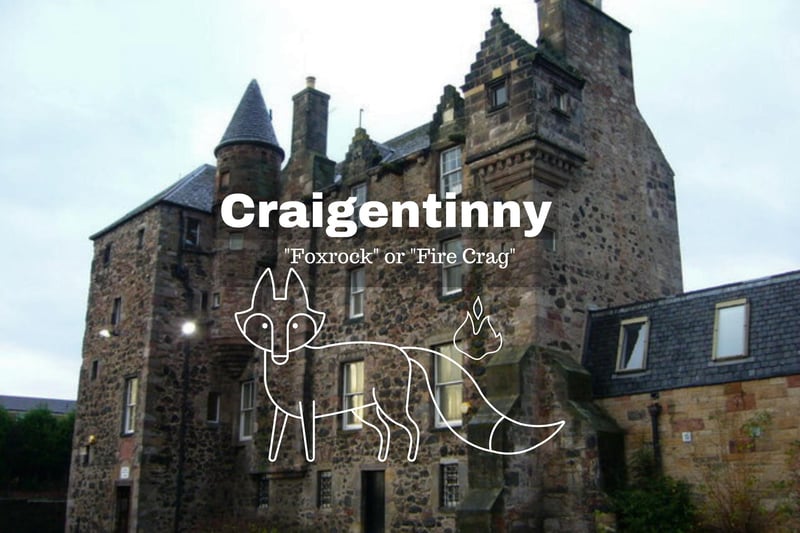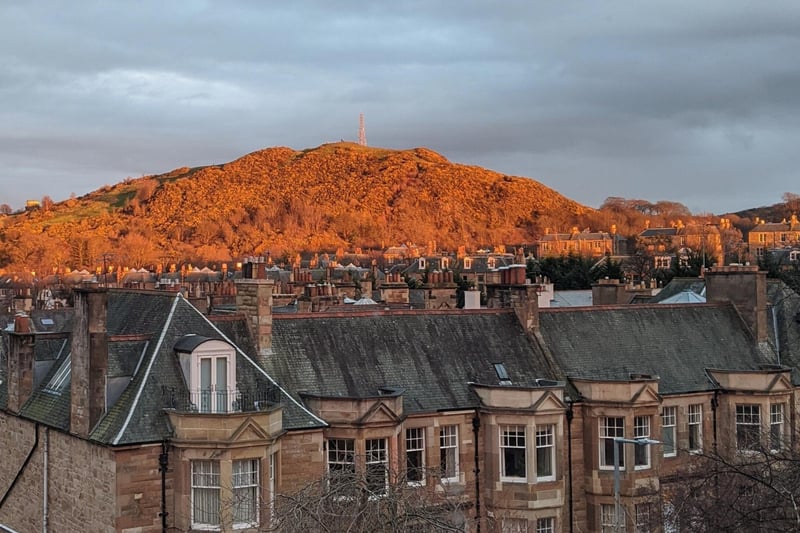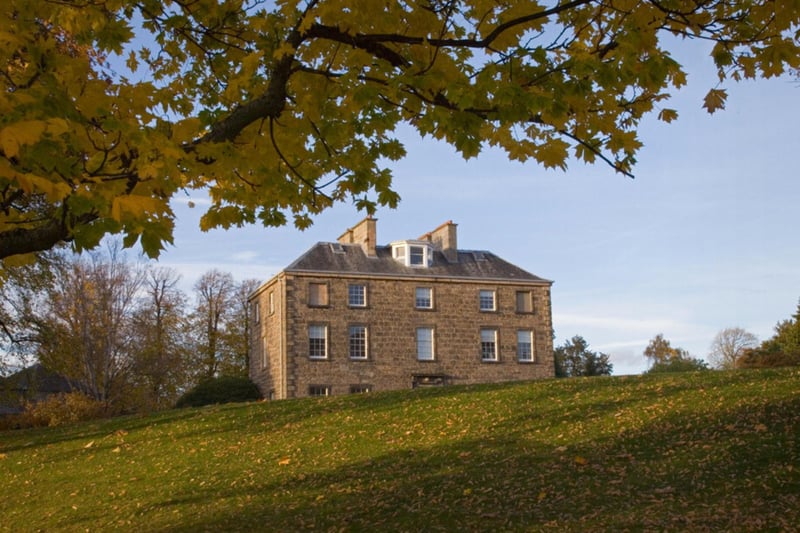Well over a decade ago, the Scottish Census revealed that Edinburgh had 5,935 people who were skilled in Gaelic. The capital city is internationally renowned as a cultural hub with a fascinating history (and even a UNESCO World Heritage site) so it’s unsurprising that the heritage language found its place there.
Gaelic is often associated with the Scottish Highlands and Islands where it evolved by way of the Irish. The Celtic tongue has overlapped with the Scots language (Scotland's other native tongue) over the years but lowlanders – such as Robert Burns – were known to favour the latter.
The Highland clearances of the 19th century saw thousands of Gaelic speakers migrate to Scotland’s central belt in search of new opportunities. This displacement also explains why even USA place names feature traces of Scottish Gaelic.
To explore this heritage more, here are thirteen place names connected to Scottish Gaelic in Edinburgh according to Gaelic Place-Names of Scotland.

1. Corstorphine
Corstorphine is an area in the west of Edinburgh often associated with the Edinburgh Zoo. The name is derived from the Scottish Gaelic ‘Crois Thoirfinn’ which means ‘Cross of Torfin’. Torfinn is a name connected to Old Norse, another heritage language of Scotland. Photo: via WikiCommons

2. Craigentinny
This is a suburb located in the north-east of Edinburgh near the famous Portobello. The name ‘Craigentinny’ is derived from ‘Creag an t-Sionnaich’ which translates to ‘the rock of the fox’. Alternatively, it has also been linked to 'Creag an teinne' which would make it 'fire crag'. Photo: via Geograph

3. Braid
The Braid Hills (also known as the Braids) have a famous golf course which can be found on the south-western edge of Edinburgh. The name is derived from ‘Am Bràghad’ which means ‘the upper part’. Photo: via WikiCommons

4. Inverleith
Inverleith is an inner suburb in the north of Edinburgh close to the city’s central region. The name can be translated from the Gaelic ‘Inbhir Lìte’ which means the ‘Mouth (Confluence) of the (water of) Leith’. Photo: <p&p>photo on Flickr
